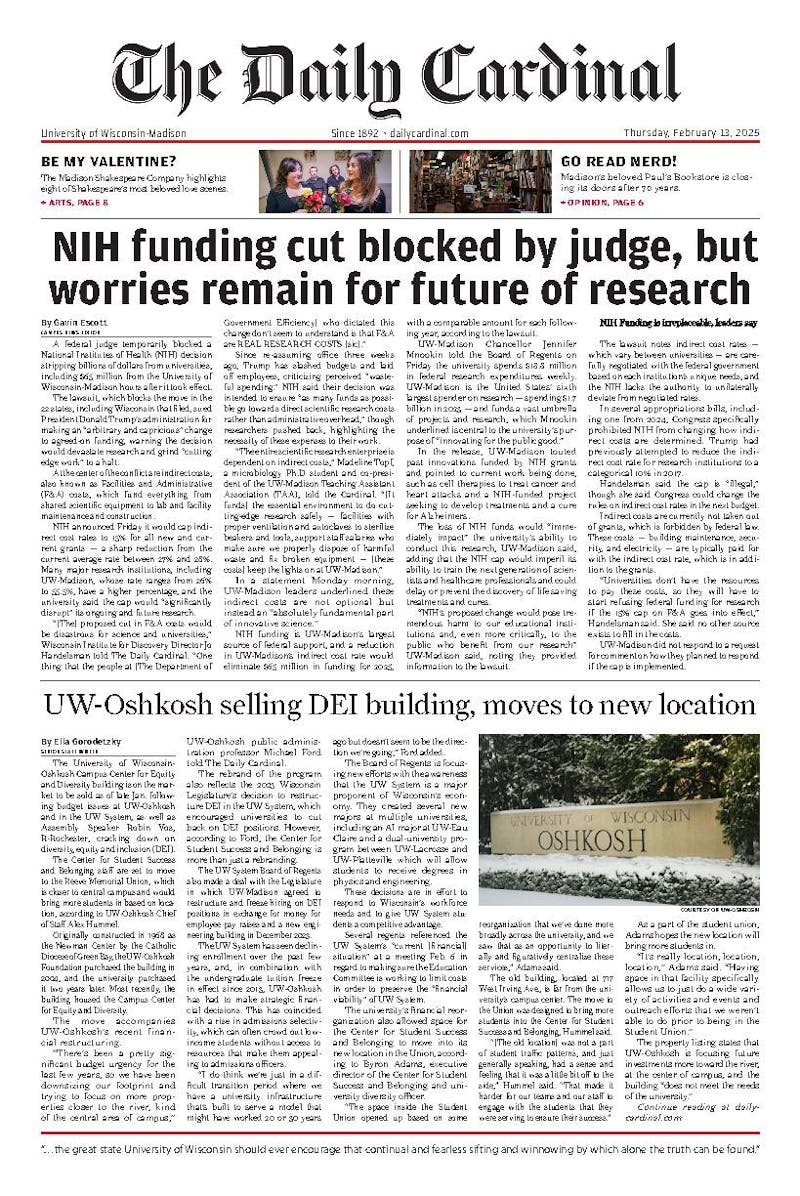When did we start giving up on traditional news media? Is it because of the rise of social media? I have been spending a lot of time trying to answer these two questions since they were asked in a journalism class a few years ago. Whatever the answer, a suggestion I would make is traditional media should provide more diverse aspects for readers if they want to survive in the future.
Take the Keystone XL pipeline debate for example. With this topic, tribal media may be a useful way to discover different points of view compared to those portrayed by the mainstream media.
From the business side, the Keystone pipeline is absolutely a great way to create jobs and invest in local companies. When looking at articles from Politico or CNN, stories are consistently covered based on economic values. The Keystone situation is not just about job creation, political negotiation or the economy, but also about culture and environment.
When looking at tribal media, we can see how differently the pipeline issue is being covered. Indian Country Today, for instance, reported on the issue by focusing on the pollution the pipeline would bring. Furthermore, they also reported that this pollution would directly affect indigenous people. This information is barely covered by mainstream media outlets.
“Tribal media play a vital role in understanding different perspectives,” Patty Loew, a professor in the Department of Life Science Communication who is affiliated with American Indian Studies, said in the article. In her research done with Kelly Mella, Loew showed the possibility of tribal media maintaining diverse opinions using both quantitative and qualitative research.
In the qualitative research, the research team analyzed 1,165 environmental stories covered by four tribal newspapers between 1995 and 1999. According to Loew, she chose the five-year period because there was a large dispute between Native Americans and non-Native Americans over a treaty involving hunting and fishing at that time. The research team coded the 1,165 articles from tribal media into twenty-two categories. The categories included the type of the coverage, such as news, opinion and wire stories, and whether sovereignty was explicitly mentioned. The results found that a majority of stories covered by tribal media fell under news. In addition, between 7-20 percent of stories covered sovereignty or treaty. However, the research suggested that a vast majority of the stories could cover sovereignty implicitly, not explicitly.
For the quantitative research, the team analyzed articles using Pearson product-moment correlations to determine which themes and values of coverage tended to appear most frequently. What the research found was that many of the same themes and values, such as treaty rights, were strongly correlated with mentions of sovereignty within the stories.
The research showed that tribal newspapers play a role in reporting on issues that affect their sovereignty. Tribal media is just a way for us to get diverse points of view.
Yukako is a junior majoring in political science and journalism. Do you agree with her take on the state of the media? Do mainstream news outlets need to diversify if they want to survive? Do tribal news sources provide a beneficial model for what other forms of media should strive to become? We want to know what you think? Please send all comments to opinion@dailycardinal.com





